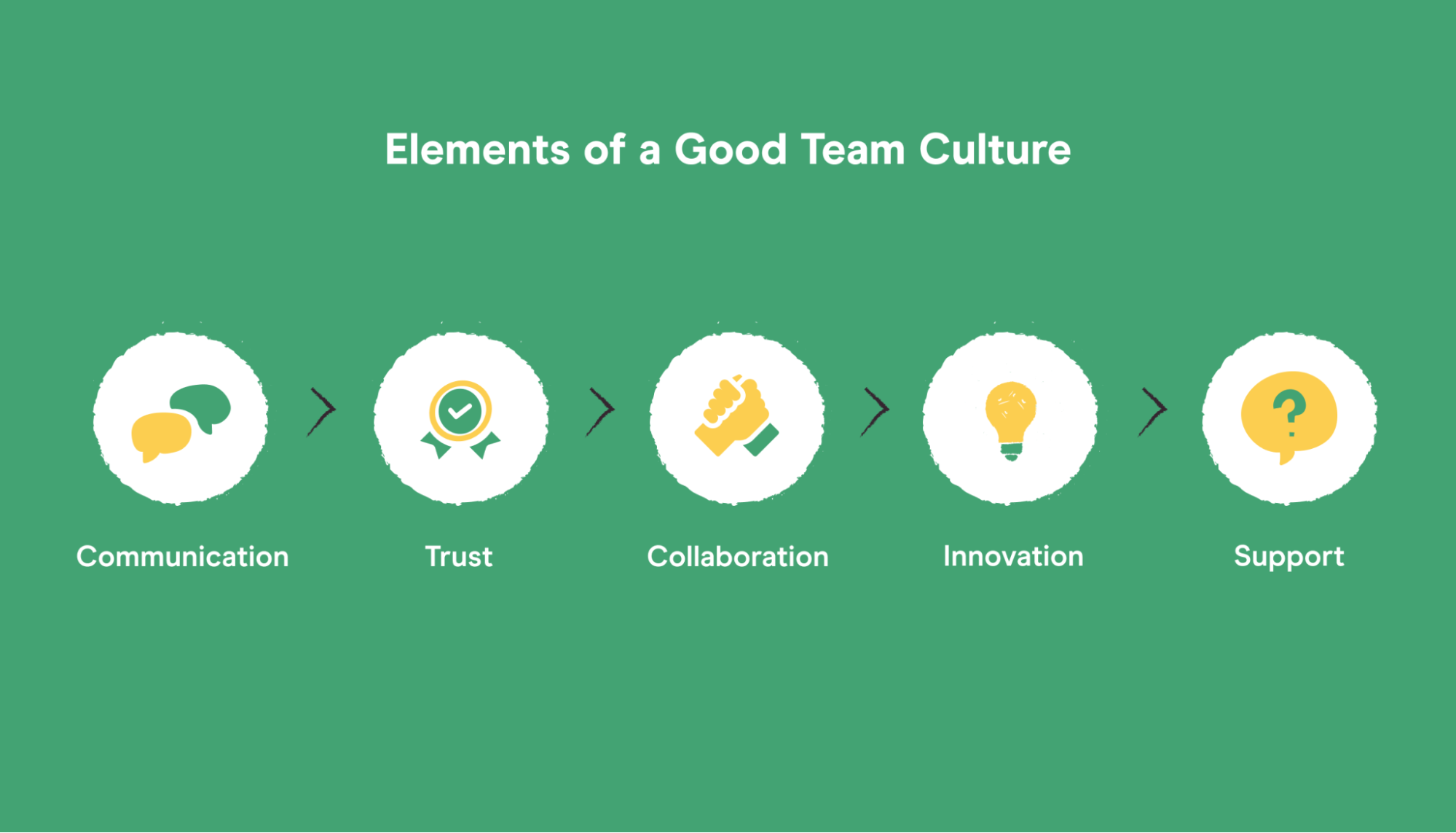Navigating the digital landscape today is less about mastering a single tool and more about developing a mindset that embraces change, curiosity, and strategic thinking. The digital world is vast and constantly evolving, shaped by emerging technologies, shifting consumer behaviors, and new modes of communication. For businesses, this presents both a challenge and an opportunity. The challenge lies in keeping pace with innovation without losing focus. The opportunity is in leveraging digital tools to create deeper connections, smarter operations, and more agile strategies. Understanding how to move through this landscape with clarity and confidence is essential for long-term relevance.
At the heart of digital navigation is the ability to filter noise from signal. With countless platforms, apps, and trends vying for attention, it’s easy to get overwhelmed. Businesses must learn to distinguish between what’s novel and what’s necessary. This means aligning digital choices with core objectives rather than chasing every new feature or channel. For instance, a brand might be tempted to jump on the latest social media trend, but if their audience isn’t there or the format doesn’t support their message, the effort may yield little return. Strategic alignment ensures that digital efforts are purposeful and effective, not just reactive.
Data plays a central role in navigating the digital space. It’s the compass that guides decisions, reveals patterns, and measures impact. But data is only useful when it’s interpreted with context and clarity. Businesses must move beyond vanity metrics and focus on insights that drive action. A spike in website traffic might look promising, but without understanding where visitors came from, what they engaged with, and whether they converted, the number is just a surface-level indicator. The real value lies in connecting data to behavior and using it to refine strategy. This requires both analytical tools and a culture that values evidence-based decision-making.
Digital literacy across the organization is another key factor. It’s not enough for the IT department or marketing team to understand digital tools—everyone needs a baseline fluency. This includes knowing how to use collaboration platforms, interpret basic analytics, and engage with digital content thoughtfully. When teams are digitally literate, they communicate more effectively, respond more quickly, and contribute more meaningfully to innovation. Training and support are essential here, not just in onboarding but as part of ongoing development. The digital landscape doesn’t stand still, and neither should your team’s skills.
Customer experience in the digital age is shaped by immediacy, personalization, and consistency. People expect seamless interactions across devices and channels, and they’re quick to disengage when those expectations aren’t met. Businesses must design digital experiences that are intuitive, responsive, and aligned with customer needs. This means investing in user-friendly interfaces, clear communication, and integrated systems. A customer who starts a conversation on social media should be able to continue it via email or chat without repeating themselves. These small details add up to a cohesive experience that builds trust and loyalty.
Security and privacy are non-negotiable in the digital realm. As businesses collect more data and operate across more platforms, the responsibility to protect information becomes paramount. Customers want to know that their data is safe and that it’s being used ethically. Transparency in data practices, compliance with regulations, and proactive risk management are essential. A breach or misuse of data can damage reputation and erode trust in ways that are difficult to repair. Navigating the digital landscape means not only using technology wisely but safeguarding it diligently.
Adaptability is perhaps the most valuable trait in a digital-first world. Technologies will continue to evolve, platforms will rise and fall, and consumer expectations will shift. Businesses that remain flexible, curious, and open to change are better equipped to thrive. This doesn’t mean abandoning strategy—it means building strategy that can flex. It means testing new ideas, learning from feedback, and iterating quickly. A company that treats digital transformation as a one-time project will struggle. But one that sees it as an ongoing journey will stay ahead of the curve.
Leadership plays a pivotal role in guiding digital navigation. Leaders must set the tone, allocate resources, and model the behaviors that support digital growth. They must be willing to ask hard questions, challenge assumptions, and make decisions that balance innovation with stability. Digital leadership is not about being the most tech-savvy person in the room—it’s about fostering a culture where technology serves strategy, not the other way around. It’s about empowering teams to explore, experiment, and execute with confidence.
Ultimately, navigating the digital landscape is about clarity, connection, and continuous learning. It’s about understanding the tools at your disposal, aligning them with your goals, and using them to create meaningful impact. It’s not a destination—it’s a dynamic environment that rewards those who move with purpose and adapt with grace. Businesses that embrace this mindset don’t just survive digital disruption—they shape it. They become not just participants in the digital world, but leaders within it. And in doing so, they unlock new possibilities for growth, innovation, and relevance.





